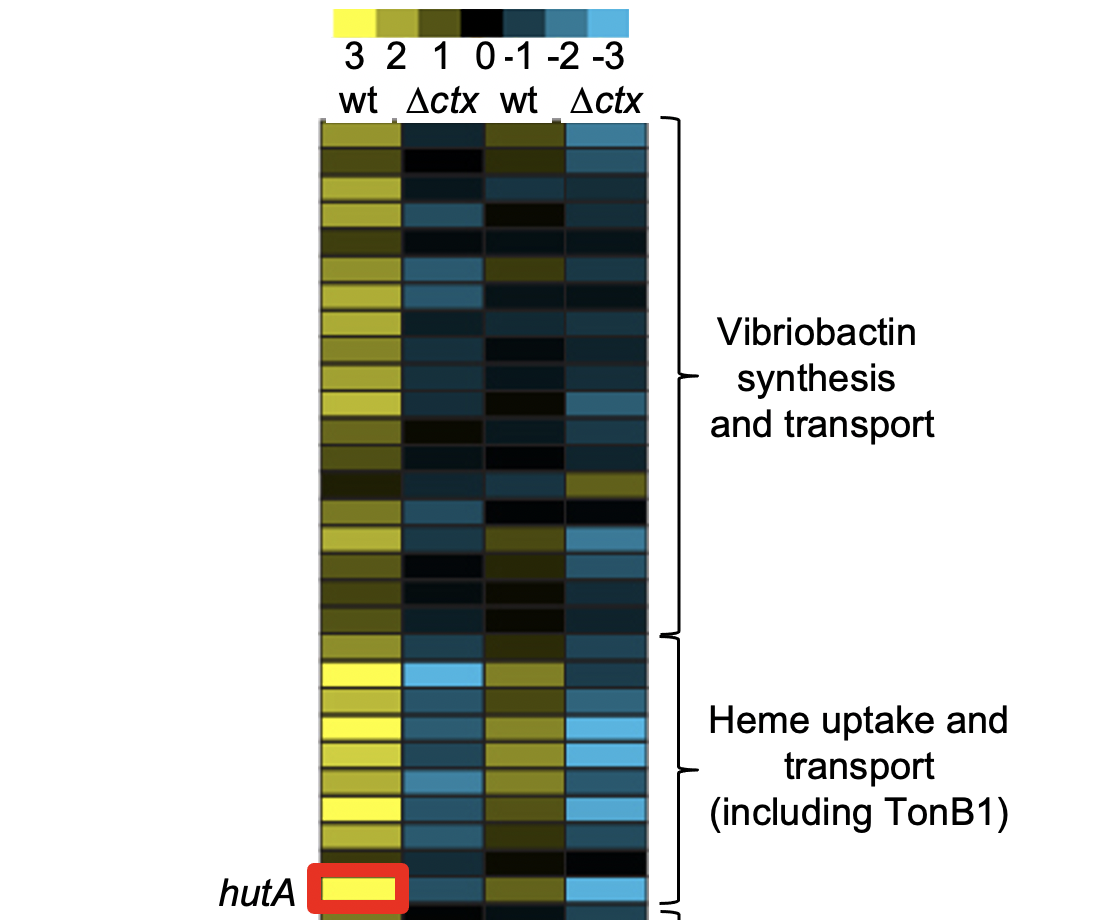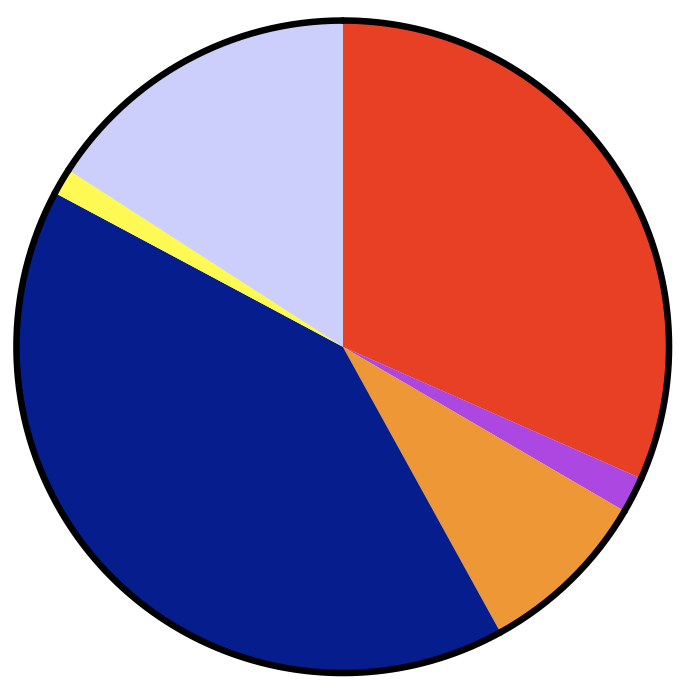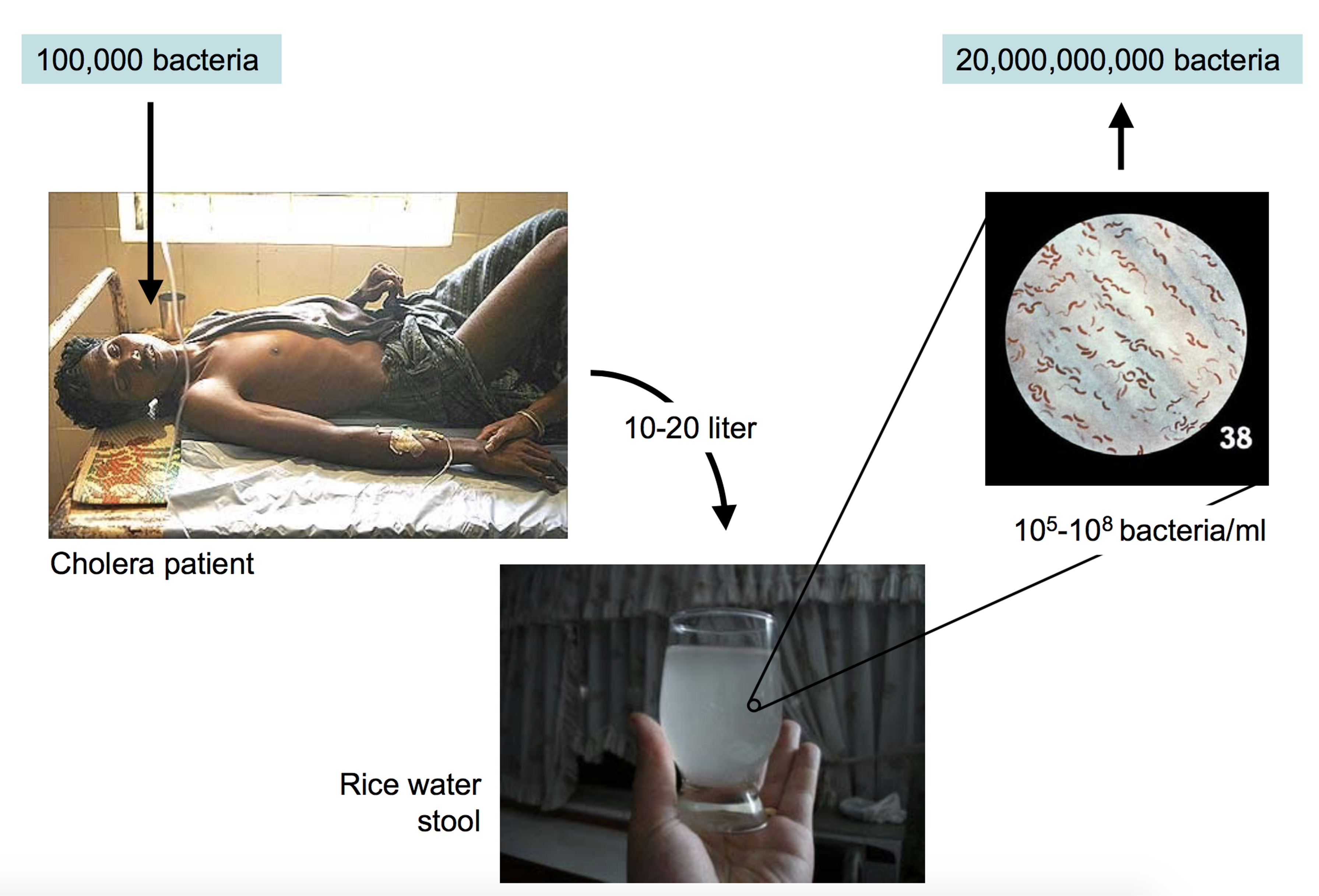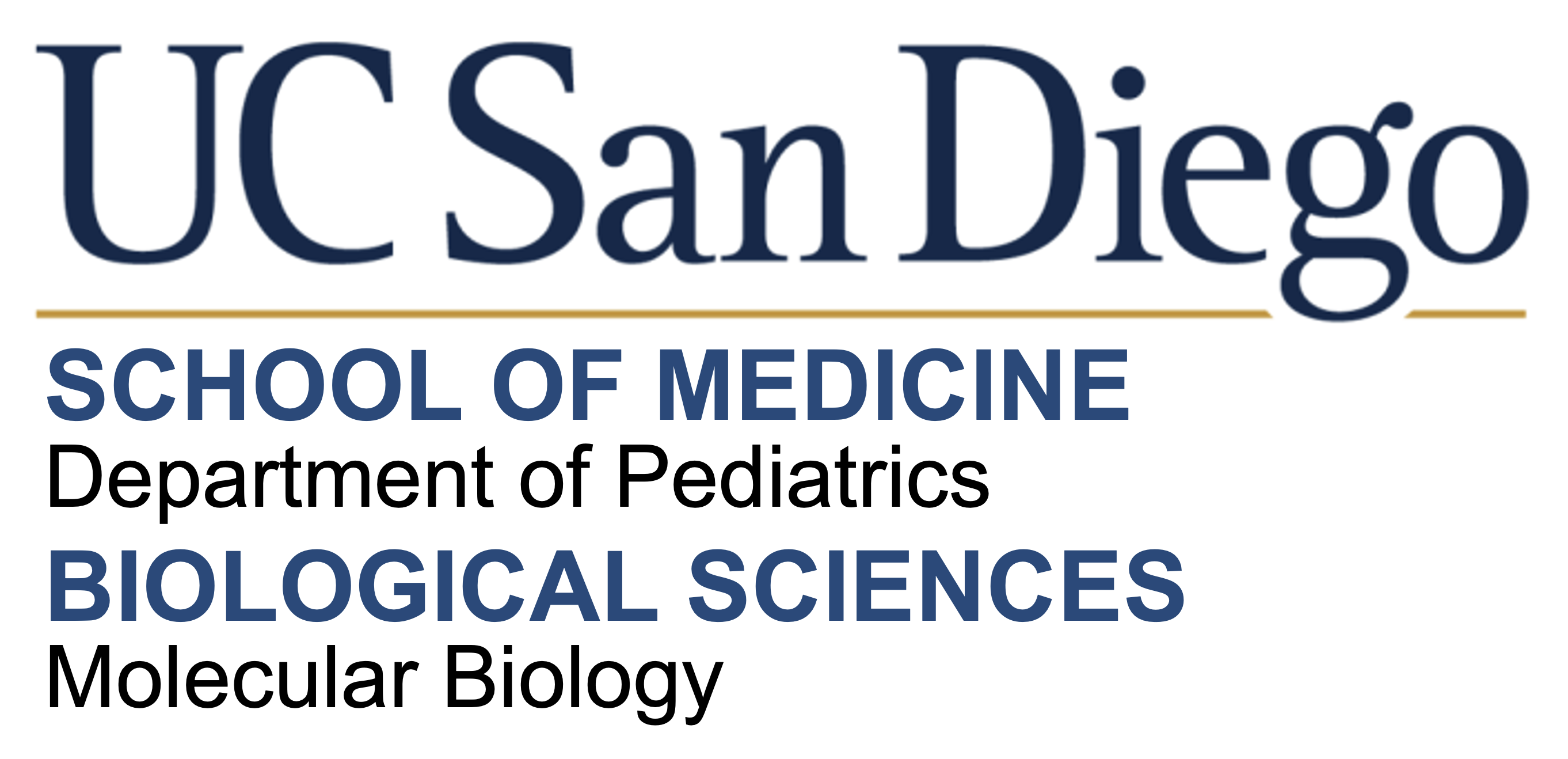Projects
Our lab is interested in understanding how microbial toxins modulate host-microbe metabolism to promote pathogen transmission during infection. We use animal models of disease coupled with bacterial and host genetics to study the molecular mechanisms of toxin-mediated pathogen growth and transmission.

How Do Bacterial Toxins (like Cholera Toxin) Modulate Host-Microbe Metabolism?
V. cholerae requires the enterotoxin cholera toxin (CT) to cause severe diarrheal disease. We recently found that CT-induced disease leads to increased luminal concentrations LCFAs metabolites and LCFA uptake-mediated growth of cholerae in the lumen of the small intestine. However, the molecular mechanisms by which CT modulates host-pathogen metabolism and pathogen growth are not fully understood….
The Role of Bacterial Toxins (such as Cholera Toxin) in Modulation of the Host Microbiota
The intestinal microbiota maintains gut homeostasis by regulating suite host metabolic processes throughout the gastrointestinal tract. In the small intestine, the gut microbiota regulates fat storage, and metabolic processes in response to dietary lipids. During infection, V. cholerae colonizes the small intestine of both humans and animals, where the pathogen secretes at high concentrations of cholera toxin…


The Role of Toxin-Induced Modulation of Host-Microbe Metabolism on Pathogen Transmission
Host-to-host transmission is essential for pathogen success and therefore the molecular processes governing transmission are under strong evolutionary pressure. The ability for enteric bacterial pathogens to reach high concentrations in the gastrointestinal tract is required for efficient fecal-oral transmission. During infection of both humans and animals, V. cholerae outcompetes the intestinal microbiota and reaches high concentrations in the gut. The severe diarrheal disease caused by CT is thought to be important for the transmission of V. cholerae, as infected individuals can shed up to 20 liters of diarrheal fluid per day typically containing over 1011 organisms per liter…


